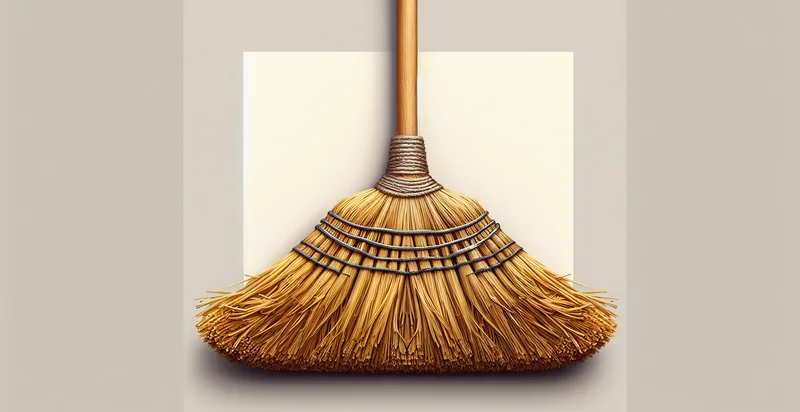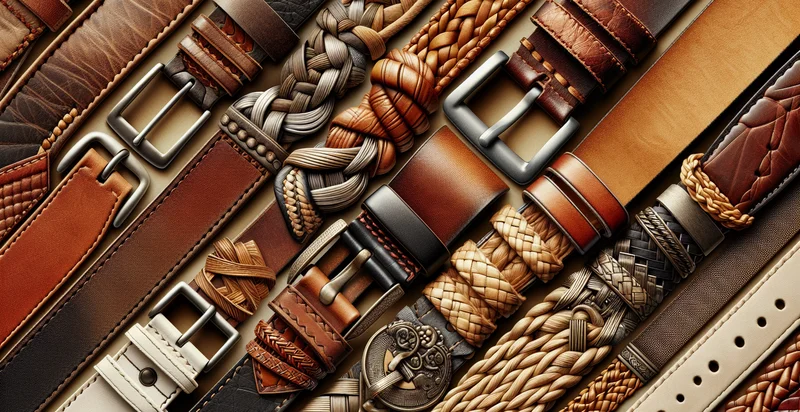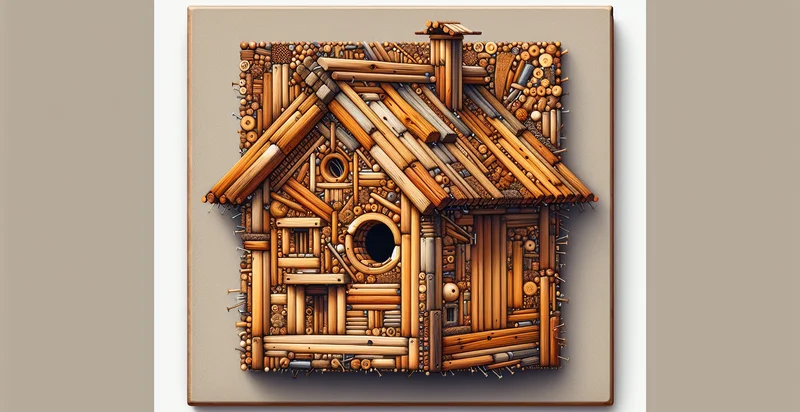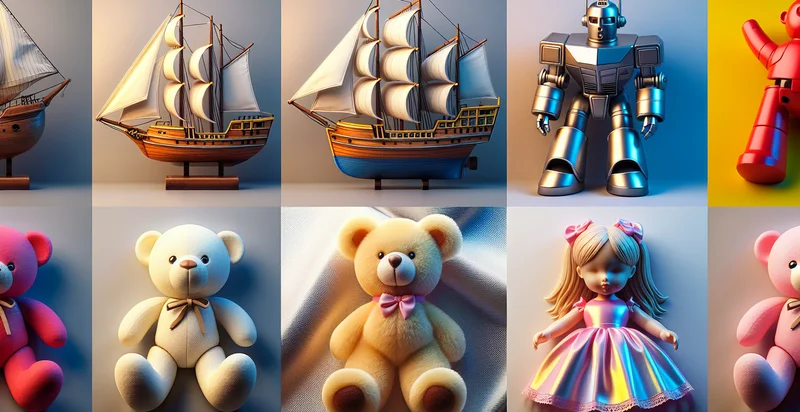Identify what material a broom is made from
using AI
Below is a free classifier to identify what material a broom is made from. Just upload your image, and our AI will predict what material a broom is made from - in just seconds.

Contact us for API access
Or, use Nyckel to build highly-accurate custom classifiers in just minutes. No PhD required.
Get started
import nyckel
credentials = nyckel.Credentials("YOUR_CLIENT_ID", "YOUR_CLIENT_SECRET")
nyckel.invoke("what-material-a-broom-is-made-from", "your_image_url", credentials)
fetch('https://www.nyckel.com/v1/functions/what-material-a-broom-is-made-from/invoke', {
method: 'POST',
headers: {
'Authorization': 'Bearer ' + 'YOUR_BEARER_TOKEN',
'Content-Type': 'application/json',
},
body: JSON.stringify(
{"data": "your_image_url"}
)
})
.then(response => response.json())
.then(data => console.log(data));
curl -X POST \
-H "Content-Type: application/json" \
-H "Authorization: Bearer YOUR_BEARER_TOKEN" \
-d '{"data": "your_image_url"}' \
https://www.nyckel.com/v1/functions/what-material-a-broom-is-made-from/invoke
How this classifier works
To start, upload your image. Our AI tool will then predict what material a broom is made from.
This pretrained image model uses a Nyckel-created dataset and has 9 labels, including Bamboo, Hybrid Material, Metal, Natural Fiber, Plastic, Recycled Material, Rubber, Synthetic and Wood.
We'll also show a confidence score (the higher the number, the more confident the AI model is around what material a broom is made from).
Whether you're just curious or building what material a broom is made from detection into your application, we hope our classifier proves helpful.
Related Classifiers
Need to identify what material a broom is made from at scale?
Get API or Zapier access to this classifier for free. It's perfect for:
- Manufacturing Quality Control: This function can be integrated into manufacturing processes to ensure that brooms are made from the appropriate materials for specific applications. By identifying materials, manufacturers can quickly detect production errors and maintain compliance with quality standards.
- E-commerce Product Verification: Online retailers can use this function to automatically verify that the materials listed in product descriptions match what the classifiers identify. This reduces the chances of misrepresentation and enhances customer trust by ensuring product authenticity.
- Sustainability Assessment: Companies committed to sustainability can utilize this function to assess the materials used in their broom products. By identifying and cataloging materials, businesses can make informed decisions about sourcing eco-friendly alternatives or implementing recycling programs.
- Supply Chain Optimization: This classification tool can assist supply chain managers in selecting suppliers based on the material composition of their brooms. By identifying the materials, managers can streamline procurement processes and establish more efficient partnerships with manufacturers focused on quality.
- Consumer Education: Retailers can deploy this function in stores or online to educate consumers about the differences in broom materials and their respective benefits. By providing accurate material classification, shoppers can make better-informed decisions based on durability, effectiveness, and environmental impact.
- Compliance and Regulatory Oversight: Businesses in the cleaning industry can use this technology to ensure that their broom products comply with safety and regulatory requirements regarding material usage. This can help avoid legal issues and enhance product safety for end-users.
- Market Research and Trend Analysis: Market analysts can leverage this function to track trends in broom materials over time. By analyzing data on the materials used in various products, businesses can gain insights into consumer preferences and adapt their product lines accordingly.


